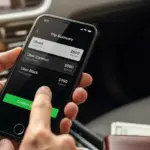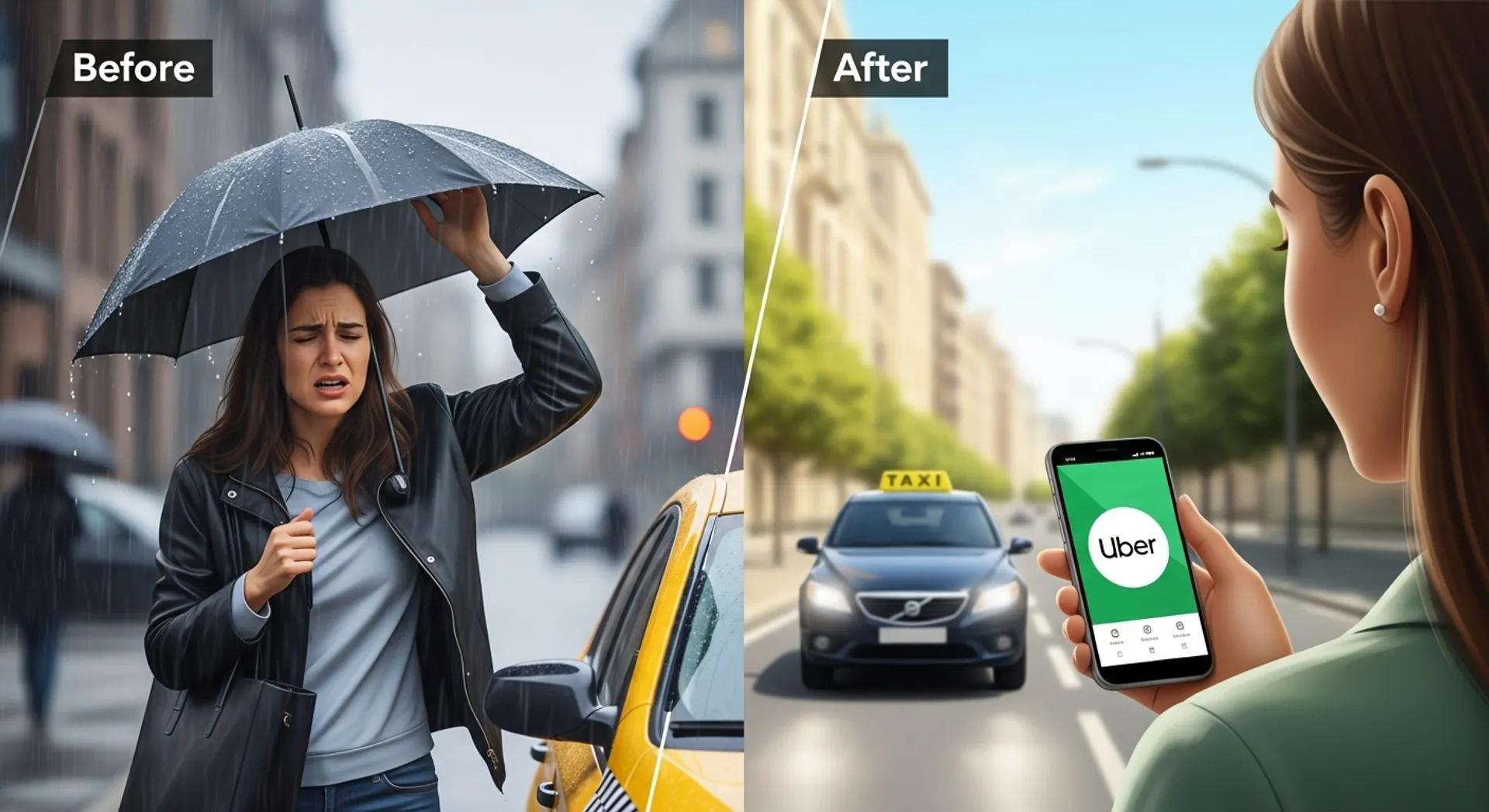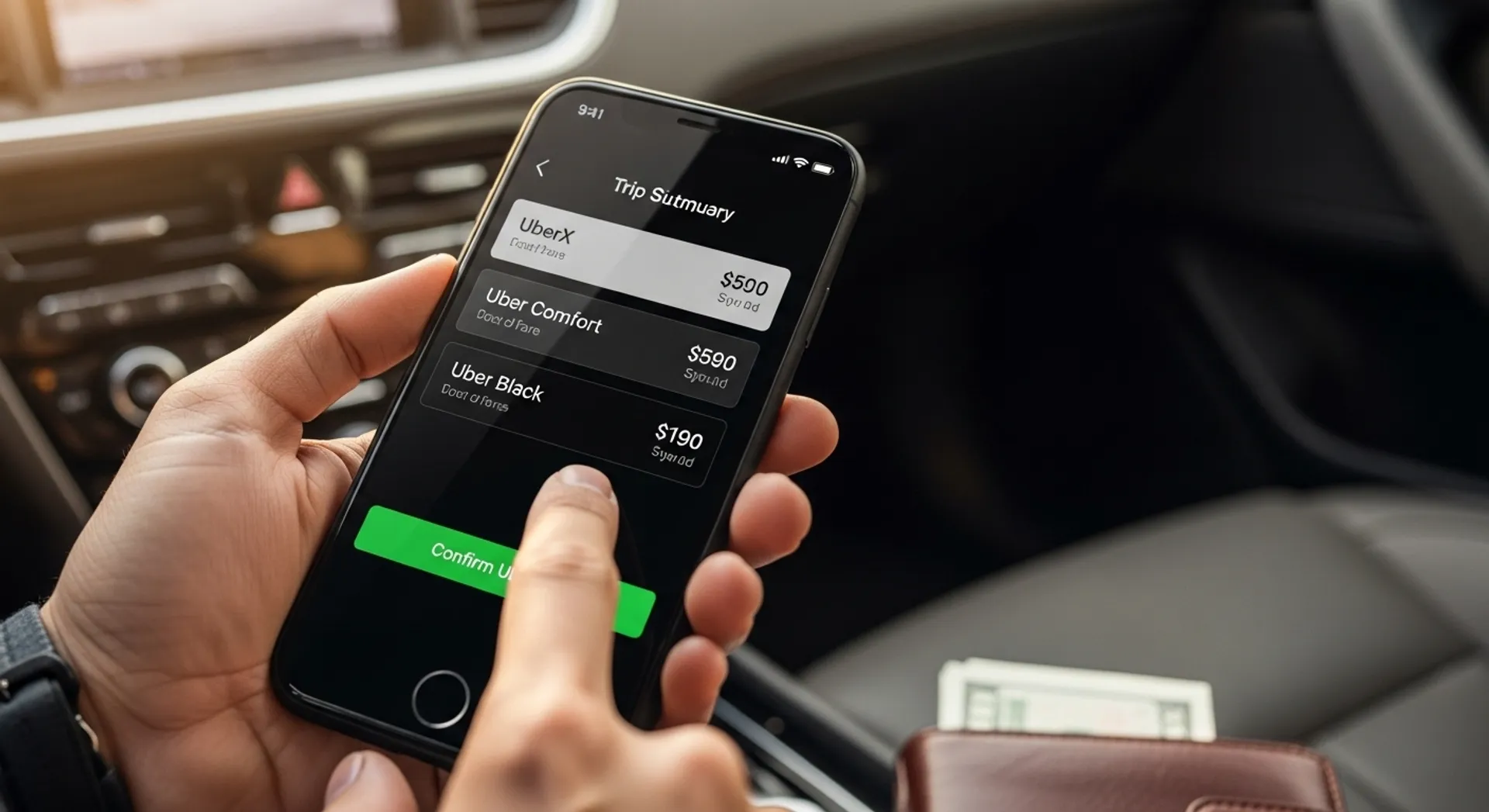Every rideshare journey tells a story. Behind the millions of trips completed daily lies a rich tapestry of human experiences — from the mundane morning commute to life-changing conversations with strangers, from missed connections to serendipitous encounters. These rider experiences form the beating heart of the ridesharing industry, revealing not just how we travel, but how we connect, navigate uncertainty, and find moments of humanity in our increasingly digital world.
As ridesharing has matured from a novel concept into an essential urban service, the experiences of riders have evolved dramatically. What began as an adventure in trusting strangers with your safety has transformed into a nuanced ecosystem where expectations, interactions, and outcomes vary wildly based on countless factors. Understanding these experiences provides invaluable insights into what makes ridesharing work — and where it still needs improvement.
The Human Connection: Conversations That Matter
One of the most distinctive aspects of ridesharing is the unexpected social dynamic it creates. Unlike traditional taxis or public transit, rideshare vehicles often become intimate spaces where strangers share stories, advice, and perspectives. Research from Pew Research Center indicates that over 70% of frequent rideshare users have had memorable conversations with their drivers.
Maria Chen, a marketing executive from Seattle, recalls a particularly impactful ride: “I was heading to a job interview feeling incredibly anxious. My driver, a former corporate recruiter, noticed my nervousness and spent the entire 20-minute ride giving me interview tips. I got the job, and I genuinely believe that conversation made the difference.”
These moments of connection transcend simple transportation transactions. Drivers often serve as unofficial city guides, amateur therapists, and casual philosophers. Many riders report that their drivers have introduced them to new restaurants, warned them about neighborhood changes, or simply provided a sympathetic ear during difficult times.
When Silence Is Golden
Not every rider seeks conversation, and the best experiences often involve drivers who expertly read social cues. The introduction of in-app preference settings allowing riders to indicate their conversation preferences has been widely praised. Some users appreciate the option to signal they’d prefer a quiet ride, especially during early morning commutes or after exhausting days.
Technology has helped bridge this gap, with features that communicate rider preferences without awkward verbal exchanges. This balance between connection and privacy represents one of ridesharing’s ongoing challenges — creating space for meaningful interaction while respecting individual needs for solitude.
Safety First: How Security Features Shape Rider Confidence
Safety concerns have always been paramount in ridesharing experiences. The industry has responded with increasingly sophisticated security features that fundamentally alter how riders feel about their journeys. Real-time GPS tracking, driver verification systems, and emergency assistance features have evolved from premium offerings to standard expectations.
Jessica Rodriguez, a college student in Austin, explains how safety features changed her rideshare habits: “I used to only take rideshares during daylight hours. Now with the trip sharing feature where my roommate can track my journey in real-time, plus the emergency button that connects directly to 911, I feel comfortable riding at any hour.”
According to safety experts at the National Highway Traffic Safety Administration, rideshare platforms have implemented numerous innovations that make them statistically safer than traditional transportation alternatives. Two-way rating systems create accountability, while audio recording features in some markets provide additional layers of security.
The Trust Factor in Every Journey
Despite technological safeguards, every rideshare trip still requires an act of trust. Riders must feel confident entering a stranger’s vehicle, while drivers must trust passengers in their personal space. This mutual trust forms the foundation of successful rideshare experiences and explains why rating systems and user reviews carry such weight.
The industry has learned that transparency builds trust. Providing detailed driver information, vehicle descriptions, and estimated arrival times before riders ever enter a car creates reassurance. Many platforms now include driver photos, vehicle makes and models, and even license plate numbers — details that empower riders to verify their correct ride and feel secure in their choice.
The Unexpected and Unforgettable
Ridesharing has produced countless stories that blur the line between transportation and entertainment. From proposals and surprise parties to celebrity sightings and random acts of kindness, these platforms facilitate experiences that extend far beyond point-to-point travel.
Marcus Johnson, a rideshare driver in Los Angeles for five years, shares: “I’ve driven people to marriage proposals, hospital deliveries, and even a few emergency pet rescues. One passenger left a $500 tip because I helped them make it to their grandmother’s bedside before she passed. These aren’t just rides — they’re pivotal moments in people’s lives.”
Social media is filled with viral rideshare stories: drivers who went above and beyond to return lost items, passengers who discovered shared connections with their drivers, and spontaneous carpools where strangers became friends. These narratives humanize an industry often discussed purely in terms of algorithms and economics.
Navigating the Challenging Moments
Not all experiences are positive, and honest discussion about difficulties helps improve the system. Riders frequently cite frustrations with surge pricing during emergencies, drivers who cancel repeatedly, or unsafe driving practices. The industry’s responsiveness to these complaints has varied, but increasing competition has generally pushed platforms toward better accountability.
Complaint resolution systems have improved significantly, with many platforms now offering immediate refunds for clearly problematic experiences and implementing driver retraining programs based on pattern analysis of rider feedback. This responsiveness transforms negative experiences into opportunities for system-wide improvement.
Accessibility and Inclusion: Experiences for Everyone
The rideshare experience varies dramatically depending on rider needs and circumstances. For passengers with disabilities, elderly riders, or those requiring special accommodations, ridesharing can represent either revolutionary accessibility or frustrating limitation.
Sandra Williams, who uses a wheelchair, describes her mixed experiences: “When WAV (wheelchair accessible vehicle) service is available and drivers are properly trained, ridesharing offers me independence I never had with traditional transportation. But in many cities, accessible vehicles are scarce, and wait times can be five times longer than standard rides.”
Industry initiatives to improve accessibility include dedicated vehicle programs, enhanced driver training, and partnerships with disability advocacy organizations. Federal accessibility guidelines continue pushing platforms toward more inclusive services, though implementation remains uneven across markets.
Cultural Sensitivity and Language Barriers
In diverse urban environments, language differences and cultural misunderstandings occasionally complicate rideshare experiences. Progressive platforms have introduced multilingual support, translation features, and cultural competency training for drivers. These efforts acknowledge that positive rider experiences require more than just technical efficiency — they demand cultural intelligence and empathy.
Some markets have implemented features allowing riders to request drivers who speak specific languages, reducing anxiety for non-native speakers and enhancing communication quality. These seemingly small touches significantly improve comfort levels and overall satisfaction.
The Commuter Experience: Routine Rides and Reliability
For many riders, ridesharing isn’t about occasional trips but daily commutes. These regular users develop different expectations and relationships with the service. Consistency, predictability, and efficiency matter more than novelty or excitement.
David Park, who rideshares to work daily in San Francisco, explains his perspective: “I’ve taken over 1,500 rides in three years. For me, the best experience is invisible — the driver arrives exactly when estimated, knows the fastest route, doesn’t try to chat when I’m clearly working, and gets me there safely. Anything beyond that is bonus.”
Subscription services and scheduled rides have emerged specifically to serve commuter needs, offering guaranteed pickup times and consistent pricing. These products acknowledge that the commuter experience prioritizes dependability over spontaneity, routine over adventure.
Building Relationships Through Repetition
Frequent riders occasionally develop ongoing relationships with preferred drivers, requesting them repeatedly through various platform features. These relationships transform transactional rides into familiar routines, where drivers remember coffee preferences, family updates, and professional milestones.
Such connections represent ridesharing at its most human — technology facilitating genuine relationships rather than replacing them. Platforms that recognize and support these








